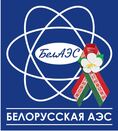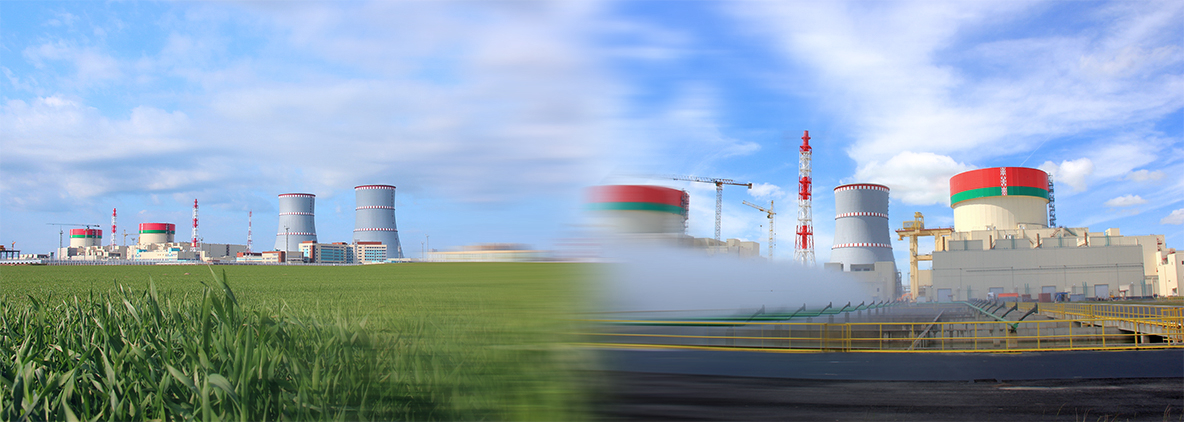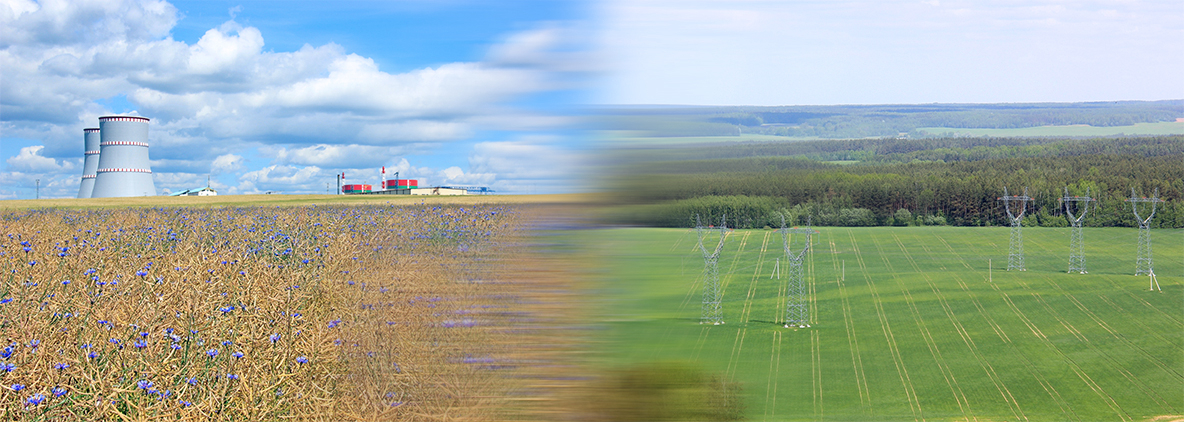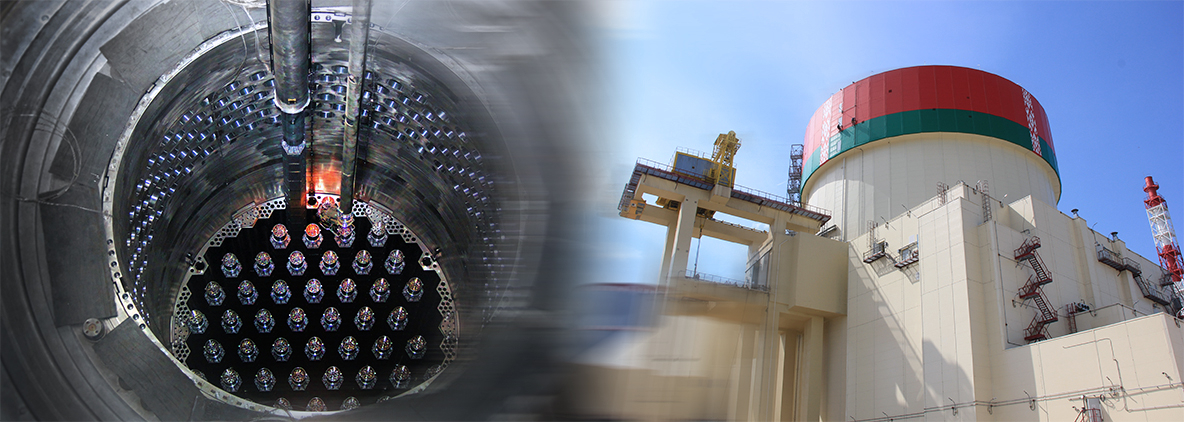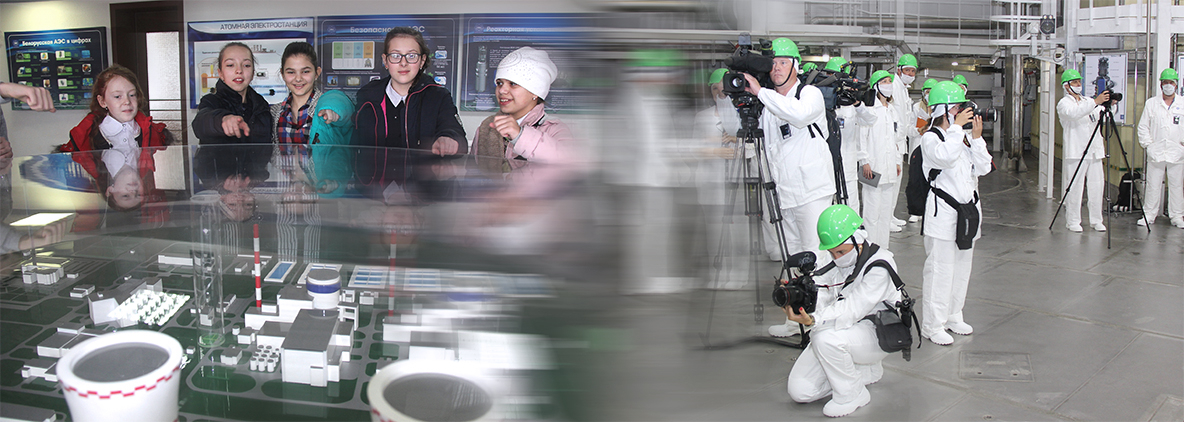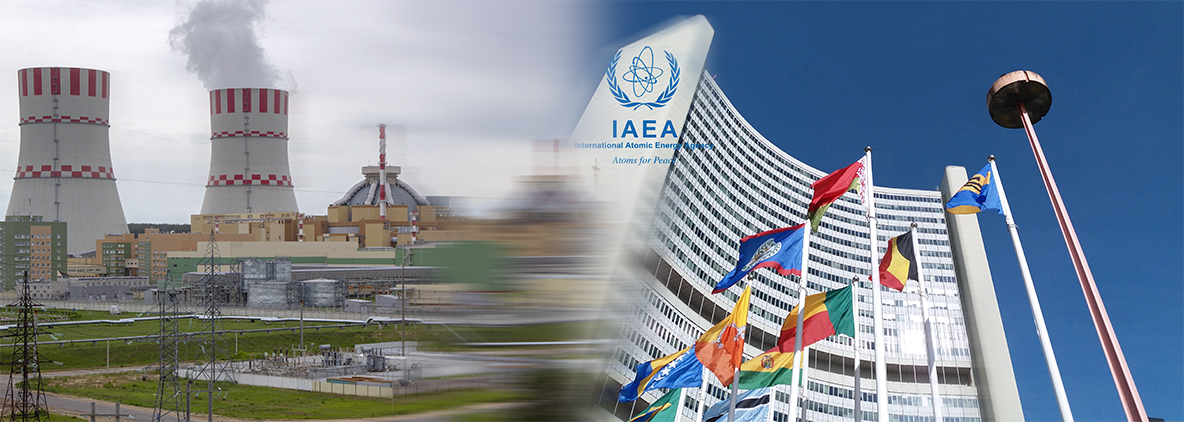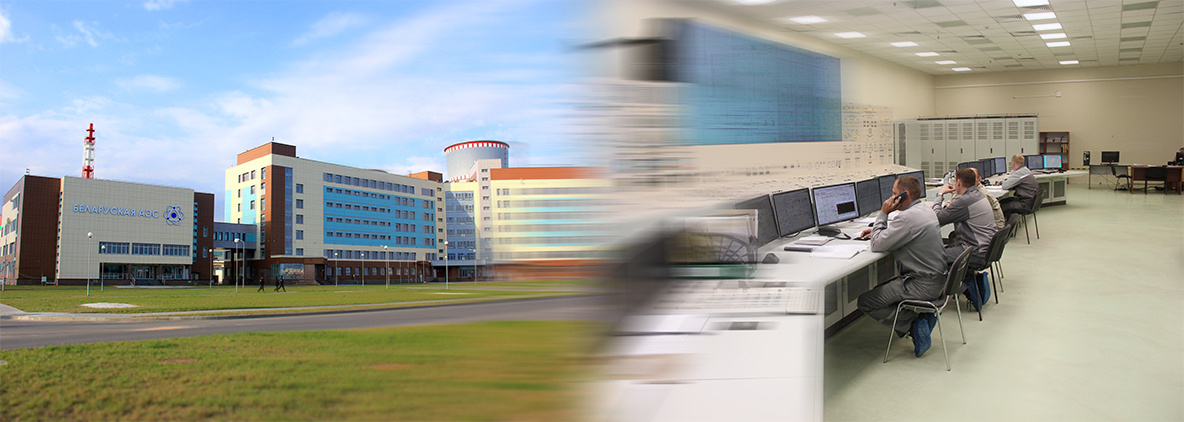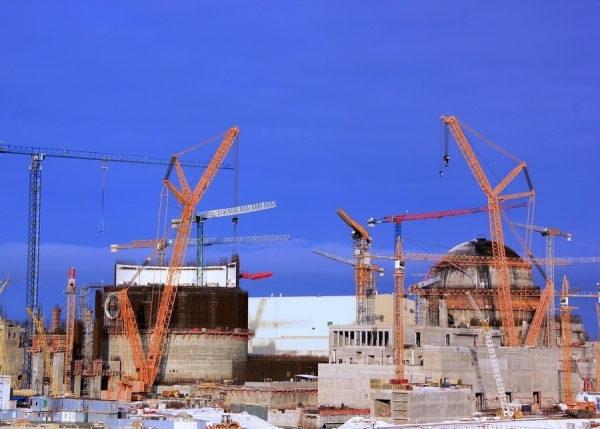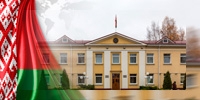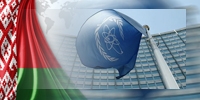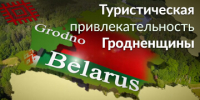Belarus is building its first nuclear power reactors, two 1 170 megawatt-electric units of the Russian VVER technology. The first unit is scheduled to begin operation in 2019, the second one in 2020.
“Nuclear safety is a national responsibility and, by inviting this mission, the Government of Belarus has shown a strong commitment to meet the intent of IAEA Safety Standards in the development of the country’s nuclear power programme,” said Greg Rzentkowski, Director of the IAEA’s Division of Nuclear Installation Safety. “This mission demonstrated that appropriate steps have been taken to establish the design parameters of the nuclear power plant to protect it against the worst credible external event.”
SEED missions are designed to assist Member States at different stages in the development of a nuclear power programme. The service offers a choice of modules on which to focus the review, such as site selection and assessment, and the design of structures, systems and components against site external hazards. Apart from this SEED mission, Belarus has hosted other IAEA reviews, including an Integrated Regulatory Review Service last October and an Integrated Nuclear Infrastructure Review in 2012.
Belarus, with a population of around 9.5 million people, started its nuclear power programme to diversify its energy sources and meet an increasing demand for energy.
In its preliminary findings, the SEED team said the plant’s design parameters accounted for site-specific external hazards, such as earthquakes, floods and extreme weather, as well as human-induced events. The team noted that hazard monitoring programmes, which will be implemented throughout the life cycle of the plant, were adequate and properly documented. Additionally, measures have been taken to address challenges related to external events in light of lessons from the Fukushima Daiichi accident.
The mission team comprised two experts, from France and Hungary, and four IAEA staff members. Their activities included a review of the operator’s Preliminary Safety Analysis Report and supporting documents, in particular sections related to the design basis of the plant and site characterization.
The team held talks with Mikhail Mikhaduk, Deputy Minister of Energy of the Republic of Belarus, as well as with experts from the Ministry of Energy, the nuclear regulatory authority, the plant designer, the operator and technical support organizations. The team also met with Vladimir Potupchik, Minister of Energy of the Republic of Belarus.
“Nuclear safety is a top priority for Belarus,” Mikhaduk said. “The results of this mission will help us as we move forward with the development of our nuclear power programme in a safe and confident manner. The team’s suggestions will assist the operator in preparing for the next stage of licencing.”
SEED team leader Ovidiu Coman, an IAEA Senior Nuclear Safety Officer, said the Belarusian counterparts cooperated with the review team in an open and transparent manner.
The team identified the following good practices:
• A systematic and comprehensive screening of external site-specific hazards on the basis of well-documented criteria.
• A comprehensive probabilistic safety assessment of both internal and external events, to be delivered by the operator to the regulator as part of licensing documentation in advance of the commercial operation of the plant.
The team provided the following suggestions for improvements:
• Further improve licensing documentation related to information on electromagnetic and lightning hazards, and information on site-specific seismic ground motion.
• Give consideration to future developments of safety improvements related to challenges highlighted in the IAEA Fukushima Daiichi Accident report.
In accordance with IAEA practice, the final mission report will be delivered to the Government within three months. Belarusian authorities have told the IAEA that they intend to make the report public.
